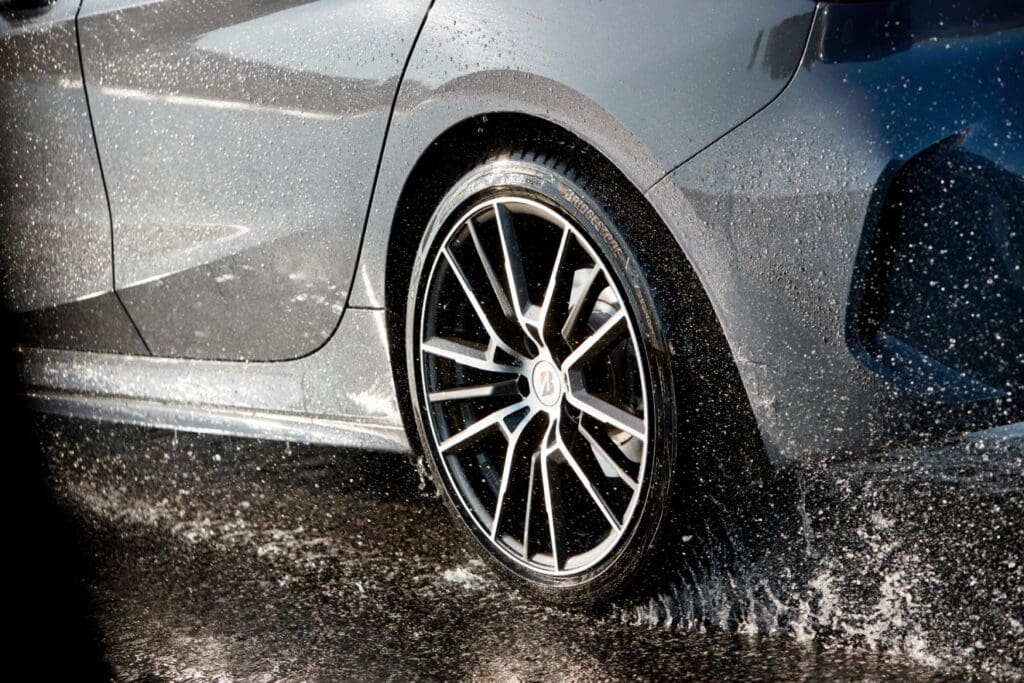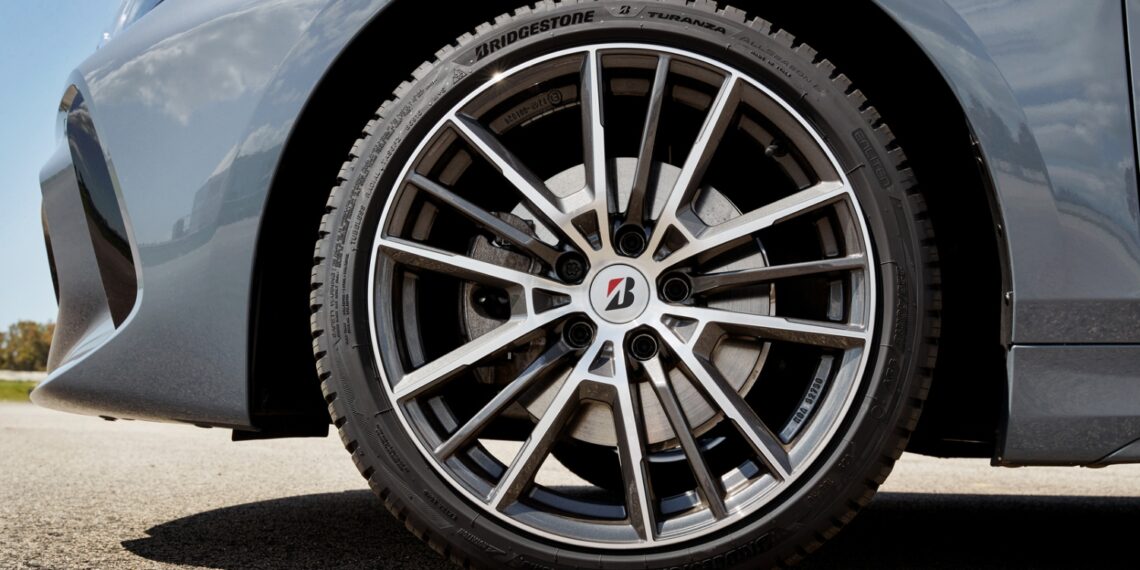With summer holidays around the corner, many are already preparing road trips to vacation destinations. Before planning the trip, take note that tires play an essential role in the safety and performance of a vehicle. Therefore, Bridgestone, a global leader in premium tires and sustainable mobility solutions, reminds us of the most common mistakes in tire maintenance and how to avoid them.
Incorrect Pressure
Due to distraction or lack of knowledge, many drivers do not regularly check their tire pressure — something that can have serious consequences. Driving with pressure below the manufacturer’s recommendation can cause premature wear (especially on the sides), fatigue of the internal structure, a higher risk of blowouts, and increased fuel consumption. On the other hand, excessively high pressure reduces contact with the road, decreases grip, causes wear in the center of the tread, and negatively affects the vehicle’s behavior.
To avoid these problems, it is recommended to check the tire pressure (when cold) once a month or before long trips. You can consult the recommended values in your vehicle’s manual.

Lack of Tire Rotation
The front and rear tires are subject to different stresses, which leads to uneven wear. Tire rotation is essential to promote more uniform wear and extend the lifespan of the tires. Balanced wear on both axles improves the stability and control of the vehicle, increasing safety. Rotation should be done every 10,000 kilometers or as indicated by the manufacturer.
Excessive or irregular wear
Regardless of the age of the tires, it is important to check the tread depth. Legislation requires a minimum of 1.6 mm, a value indicated by wear indicators in the shoulder area of the tire. A simple trick is to insert a one-euro coin into the tread: if you can see the golden edge, it’s time to replace the tire.
In addition to depth, you should ensure that the wear is even. Due to the configuration of vehicles, it is common for the front tires to show greater wear between the inner and outer shoulders. A tire that appears to be in good condition on the outside may be compromised on the inside.
Irregular wear can also indicate problems with steering alignment or worn-out shock absorbers. In these cases, the tires act as indicators that something is not right.
Improper alignment and balance
It is essential to ensure the correct alignment of the wheels, the parallelism of the axles, and the balance of the wheel-tire assembly (using counterweights) to avoid vibrations, abnormal wear, and steering deviations. These problems not only affect safety but can also cause mechanical failures.

Damaged or Deformed Tires
Regularly check the condition of the tires and rims, as cuts, deformations, or impacts (against curbs, potholes, etc.) can compromise safety. In the case of visible damage, it is advisable to consult a professional to assess the need for replacement. You should also avoid mounting tires with different characteristics or levels of wear on the same axle.
Aged Tires
Although tires do not have a fixed expiration date, factors such as maintenance, exposure to the environment, and usage conditions can reduce their performance over time. Even if they still have tread, it is advisable to check their condition at least once a month. From the 5th year, an annual inspection by a specialist should be conducted. In any case, replacement is recommended after 10 years. Cracks, cuts, or signs of rubber aging are indicators that they are at risk.
To find out the manufacturing date of the tire, look for the DOT code on the sidewall. The last four digits indicate the week and year of manufacture (for example, 1024 means the 10th week of 2024).
Spare Tire
Finally, do not forget about the spare tire — or, in its absence, the puncture repair kit. Regularly check its condition and the proper pressure.










